On This Day…May 27th.
Phorever a legend. May 27th 1958, the McDonnell Aircraft (later McDonnell Douglas) F-4 Phantom II naval interceptor made its first flight.
Designed as a carrier aircraft to defend the fleet against Soviet supersonic bombers, the design concept was to create an interceptor that could climb rapidly and fly fast enough to intercept bombers.
One of the most iconic fighter aircraft designs, the Phantom has to one of the most modeler subjects in the history of the hobby.
Latest of a clutch of photos of destroyed British Cruiser Mk IV tanks in 1940, a fact that tells its own story. This was photographed near Saint-Maxent, France, 27th May 1940.
Taken on 27th May, thick smoke is seen here pouring from burning oil storage tanks in Dunkirk port following German luftwaffe attacks. The smoke helped to obscure the evacuation of troops from the port and beaches to the east of Dunkirk.
Iconic British cruiser HMS Belfast alongside American light carrier USS Bataan (CVL-29) off the coast of Korea on 27th May, 1952.
On May 27th the steel trap around the Bismarck closed and the battleship's saga entered the last two phases.
First, the two battleships, HMS Rodney (above) and King George V (below) launched attacks simultaneously firing from broadside and head on. With her inability to turn and greatly reduced speed, Bismarck was essentially a floating target. Several rounds hit the German ship and the forward control post and all four gun turrets took direct hits. By this time several of the fleet cruisers had joined in the firing.
At this stage in the battle there still remains debate as to whether the Bismarck tried to surrender. Tommy Byers, a sailor on the Rodney, maintained until the very day he died that the Battleship raised a black flag under the barrage she was taking. He and another seaman calmed also that there were morse code flashes and semaphore messages requesting surrender.
Royal Navy officers were made aware of these requests. Churchill's message to the Admiralty however, left no room for in-battle decision making. “Sink the Bismarck”.
With a 20 degree list to port, no operational guns, and almost all of the superstructure destroyed, the Bismarck's First Officer Hans Oels gave the order to abandon ship. Scuttling charges were primed and set as the crew left the ruins of the battleship.
Given their previous experiences of the Bismarck eluding them, and with the Fleet's diminishing ammunition and fuel, the Allied ships continued to reign fire at point blank range. The Bismarck slipped into the depths at 10:39am.
HMS Dorsetshire and Maori started picking up survivors (below) but had to leave the majority of the sailors in the water when a U-boat alarm stopped rescue procedures. In total 111 crew were taken from the sea, of a crew of 2,200.
In the final phase of action, after the Bismarck had sunk, the task force came under attack from the Luftwaffe the next day. The HMS Mashona was sunk with the cost of 48 lives.
On arrival back to England, many of the 110 Bismarck survivors (one died of his injuries) spoke under interrogation of a sailor on the HMS Dorsetshire (found to be Midshipman Joe Brooks) who tried to jump into the water to rescue a German sailor who had lost both his arms and couldn't swim. A National Geographic documentary on the Bismarck, shows one of the survivors being interviewed, "the name Joe Brooks meant something to us; our government should've given that man a medal for humaneness."
The story of Louis Zamperini has been covered previously ‘On This Day...' but 27th May (1943] marks the anniversary of that fateful first day adrift in the Pacific. He and ten crewmates were searching for a downed aircraft when two engines of their own B-24 (Green Hornet) had failed and they made a forced sea landing.
Miraculously, Russell Phillips (pilot) and Zamperini, the co-pilot (Francis McNamara, the tail gunner, died in the ordeal) survived after being adrift for 47 days, surviving on raw shark and albatross. Zamperini and Phillips were captured in the Marshall Islands, around 2,000 miles from their original crash site, by the Japanese. They were taken as prisoners of war and were tortured in a string of camps until being freed at the end of the war.
Doris Miller (below) receives his Navy Cross on board the Enterprise, May 27th, 1942.
CITATION: "For distinguished devotion to duty, extraordinary courage and disregard for his own personal safety during the attack on the Fleet in Pearl Harbor, Territory of Hawaii, by Japanese forces on December 7, 1941. While at the side of his Captain on the bridge, Miller, despite enemy strafing and bombing and in the face of a serious fire, assisted in moving his Captain, who had been mortally wounded, to a place of greater safety, and later manned and operated a machine gun directed at enemy Japanese attacking aircraft until ordered to leave the bridge."
Flight Officer A.R.J. Medcalf in his Spitfire Mk 1. He was killed in action over Dunkirk on May 27th, 1940.
Danger can come from anywhere in war. B-24D Liberator bomber 'First Sergeant' in flames just before take-off at RAF Horsham St. Faiths, Norfolk, England, after an accidental discharge of a box of flares, 27 May 1944.
This article is pretty long - but it's a holiday weekend, so if you have the time, then find somewhere nice to sit, and reflect on an old war horse, knowing the fate that awaits her just a short time later. Piece written by war journalist Samuel W. Taylor...
‘A Clee-track pulls her from the dispersal area in the early morning. It is just breaking dawn. In the heavy fog she can't be seen fifty yards away, which, perhaps, is just as well. She is put first on the concrete strip intersecting the end of the runway, and other bombers of the group are lined up behind her. She will be first to take off.'
‘She is a curious sight, and rather a pathetic one. The front half of her is painted white, the rear half gray-green. On this background are big dots of red and yellow.'
‘She is the assembly ship, a traffic cop of the air; her job came into being as daylight bombing grew from an attack by a few dozen planes to the coordinated might of a thousand or more.'
‘When she first came to England, aerial traffic cops weren't needed. That was a long, long time ago, in the history of mass bombing. It was sometime in 1942, according to the little plate on the dashboard. She arrived in England spanking brand new, a B-24 Liberator, made by Consolidated Aircraft. A proud crew flew her in those early flights. Who are they? Nobody seems to know. Nor where. They don't even know the name of this Old Lady. Though somebody left her record on the cowling. Somebody with a touch of sentiment didn't paint over that. It shows that she went on 17 missions over Germany. That was in the days when they went out naked, without fighter escort. When they depended on their own guns and their own guts, and the sturdiness of their plane to bring them home. The Old Lady brought them home, seventeen times.'
‘And on those seventeen missions, her gunners shot down seven Nazi fighters. Seven swastikas are there. Her crew must have been pretty proud of her. They must have had some name on her, perhaps some design or picture. But the paint covers that now; nobody knows.'
‘And then she was needed in the Mediterranean. Things were popping down there. The little bombs denoting missions are blue for that theater. Where she went the first five times is not known. But the next blue bomb has “Ploesti” lettered along it by some amateur painter. The next one has “Rome”. The final bomb is big, twice the size of the others. Whether it denotes some great raid, or whether it merely means the last mission, nobody knows.'
‘There is an Italian insignia alongside the Nazi crosses. So the Old Lady got one victory there. There is also a barrage balloon that she shot down somewhere.'
‘And by this time she was obsolescent. She was very, very old for aerial combat. She didn't have things her younger sisters were arriving with. They could have stripped her for parts, robbed her to a skeleton and then cut up the rest of her for making new bombers. Or again, she might have gone down in battle, fighting to the end. But she was too sturdy. She always came back.'
‘Did her proud crew know what was in store for her? Probably not. Her guns and armor were taken out. Her turret mechanism and bombing apparatus were removed. Then she was painted up like a circus clown and sent to a new group who didn't know her or what she'd done.'
‘The morning gradually brightens, but the fog hangs low. The bombers are lined up on the concrete strip that makes a “T” intersection to the west end of the runway, half on one side, half on the other; they will turn into the runway alternately, one by one following the Painted Old Lady into the heavy overcast.'
‘At 0510 hours a string of six-by-six trucks come bumping across the grass, stopping along the long line of bombers while members of the crews pile out, heavy in flying gear; their Mae Wests stand out in the fog, looking curiously like starched yellow vests of a grotesque full-dress costume that might be seen on a burlesque stage. Briefing is over; the target, flak area, rendezvous points of fighter escort are known. The chaplain has offered prayer, asking that whatever the day has in store, it will be met as men.'
‘The crew of the assembly ship changes day by day. The Painted Old Lady is flown by anybody with nothing else to do. The pilot today is a Major, a squadron leader, who will leave on pass after the flight. He hasn't showed up yet, being over at flying control, checking with Met on the weather and with operations. The overcast is so bad the mission might be scrubbed.'
‘The co-pilot is a Lieutenant who last week walked away from a crash landing in which four of his crew were killed. He is slender, lean-faced, with his garrison hat crushed in like an extreme flier's drape, until it looks like a beret with a peak. [This is Lt Walter Landers]'
KThe navigator today is a survivor of a Liberator that was shot to pieces over Germany and went down in the Channel. He was one of three pulled off a dinghy by Air Sea Rescue. (This is Lt Gasper DiSimone)'.
‘Two enlisted men complete the skeleton crew. The radio operator has replaced a casualty of an old crew and flown seven missions with them before their tour of operations was complete and they were taken off ops. The engineer is a red-headed Sergeant just arrived in England, and has never been on a mission. They are all waiting for assignments. The engineer takes a form from the crew chief and fills in the names of today's crew. The co-pilot signs it. A diagonal red line across a little square on the form indicates that the spotted plane is not in absolutely perfect condition but is able to fly. The crew chief examines a bit of oil on the cowling of number three engine.'
‘The fog very gradually lifts. In an hour visibility is two hundred yards. A Jeep appears and the Major climbs out. The mission will not be scrubbed. The crew climbs inside and takes up stations. The engines break into a roar and the Painted Old Lady trembles, as if eager. She turns into the runway, gathers speed and takes off into the fog.'
‘The pilot circles in the dense gray cloud, gaining altitude. Nothing can be seen until, at eight thousand feet, it begins breaking up. The cloud cover is below at another thousand feet, dull and gray, with whitish ridges and dark valleys. The sun is a great unblinking eye overhead, but cold, and filtered through an invisible haze. The plane keeps circling upwards. Electric suits are turned on. The crew goes on oxygen.'
‘At fourteen thousand feet the plane quits climbing, and circles alone above the cloud layer. In a few minutes the first of the Liberators, heavy with bombs and gasoline and armor and armament, comes out of the clouds, gaining altitude slowly. Here comes another, three more. In a few minutes the sky is filled with bombers; they appear out of the overcast like swarming bees.'
‘The need for the Painted Old Lady becomes apparent. The effectiveness of a bombing mission and the protection of its crew members depend on formation flying. Bombing has grown to such proportions that the strategic locations of England's limited area are literally crowded. Bombers by the hundreds are circling up through the dense clouds in this locality alone, flying on instruments. Every plane is assigned its position in its particular group. But up here in the haze the distinguishing marks on the tail sections cannot be seen. The great painted fins of the Liberators, that are so enormous on the ground, are mere specks.'
‘Flares appear from a plane, like brilliant soap bubbles, trailing down slowly. This is the leading plane of the Spotted Old Lady's group; she takes up a position near it, the Major signals with his right fist and the radio operator shoots flare pistols that fit into holes in the body of the plane. The circling bombers can see these flares, and, as far as anything can be seen, the brilliant spots of the old Liberator can be recognized.'
‘The air is crowded. Over this particular spot three groups are forming at different levels, each led by an old bell weather painted outlandishly which spews out flares. A huge identifying letter on the side is outlined with electric lights, for missions airborne before dawn during the short days of winter.'
‘The Painted Old Lady proudly leads her group as the bombers fall in formation behind one by one, like chicks after a mother hen. Two thousand feet below is another group making formation, and two thousand feet below that, another. On the outer rim of visibility are minute specks of other groups. A Fortress comes by, looking for its group; a last Liberator lumbers full speed from the north like a frightened biddie which has strayed, and completes the group.'
‘And then the three groups head off in formation to make rendezvous with other Wings of the great bomber pattern. The Spotted Old Lady turns back. It might be imagination, or just an air current, for the sky is rough today, that makes her seem to hesitate, unresponsive to the controls, as the pilot pulls her away from the lead position and begins circling down toward the home base. She'll never go over again, never know the tight excitement of combat, the violent shaking of the flak, the buoyant sensation of releasing the heavy bomb load and heading for home.'
‘She circles into the dense clouds. A half hour later the precise pattern of English fields and hedges appears below, filmy in the fog, tiny towns clustered at the crossroads. Old brick walls, roofs of slate and thatch. She comes onto the runway, sets down and taxies to a stop. It is still early morning; her work is over.'
‘Overhead through the fog comes the drone of bombers heading out for Germany. The crew climbs out. As the crew chief arrives, the Major indicates number three engine, whose cowling is dripping oil.'
“I tightened the gaskets yesterday, but I'll check again,” the crew chief says. “She's getting pretty old.”
“Yeah,” the Major says, “She's pretty old.”
‘They walk away. Somebody else will fly the Painted Old Lady tomorrow.'
King George VI visiting airmen of No. 617 Squadron RAF at Scampton, England, United Kingdom, 27 May 1943; Lancaster B Mk I bomber 'Frederick III'.
The Yorktown arrives at Pearl Harbor after the Battle of Coral Sea, 27th May, 1942; note the crew parading in whites on the flight deck.
And in this photo, the Hornet seen moored at Ford Island, Pearl Harbor, following deployment with Task Force 17 to the Battle of the Coral Sea (which she just missed). An interesting point of note for ship modelers here; before the Doolittle Raid she received a full fitting out and paintwork, so the hull paint condition in this photo follows just two short campaigns of Doolittle and Coral Sea. May 27th, 1942.
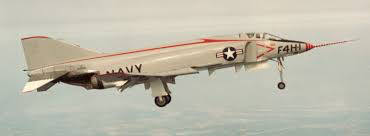
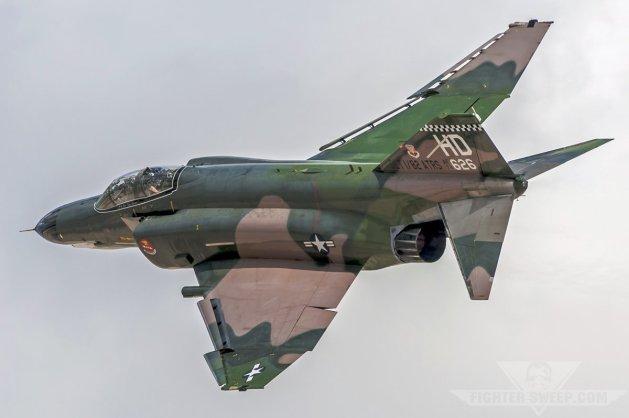
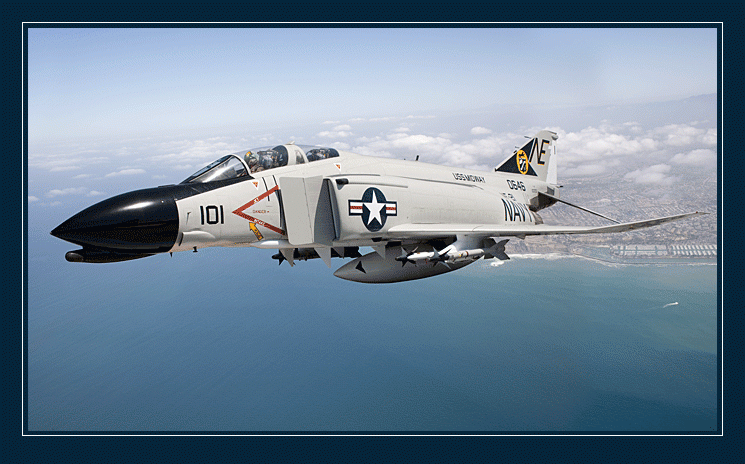
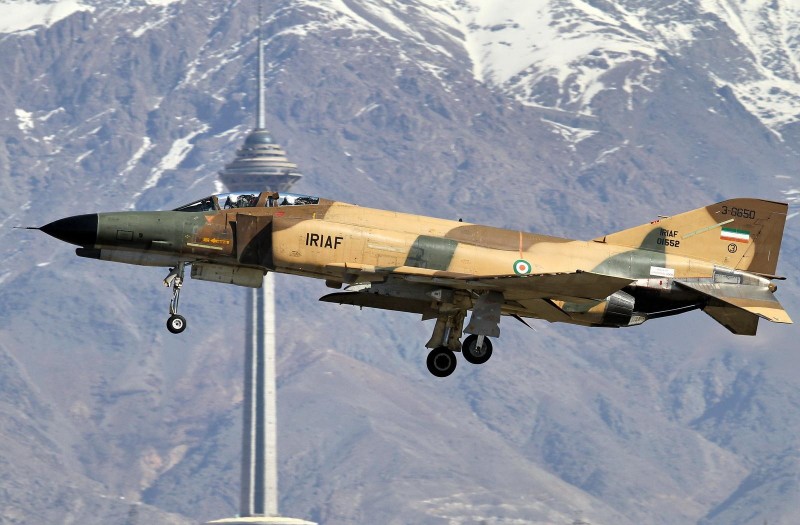
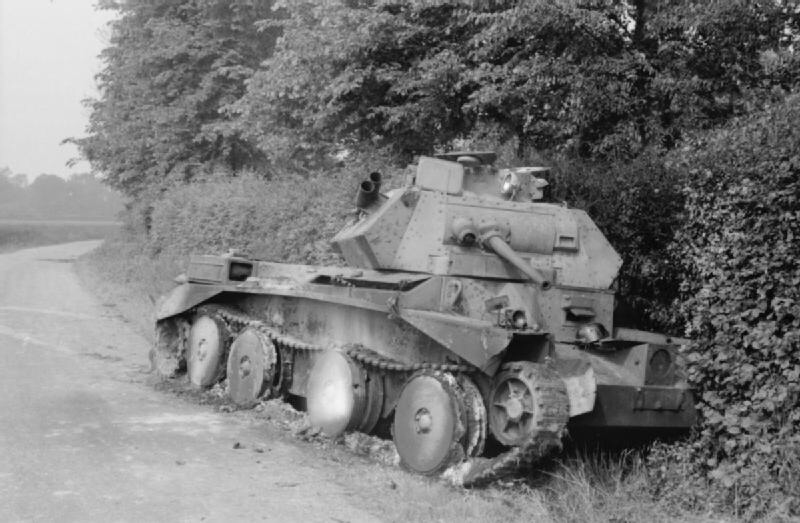
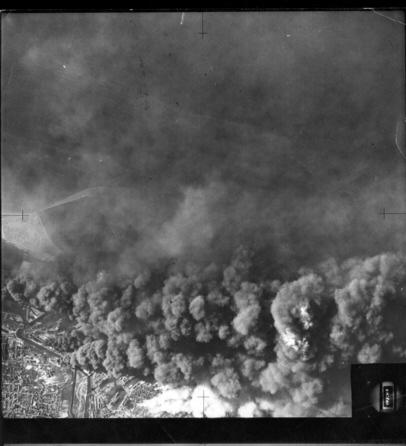

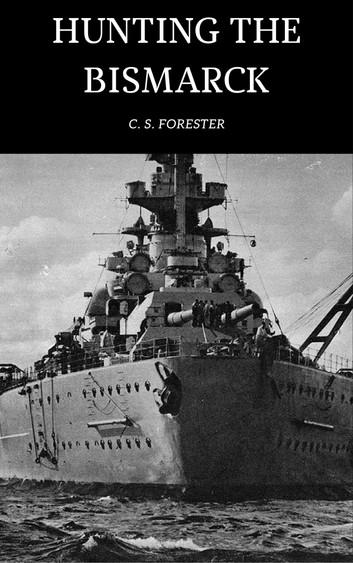

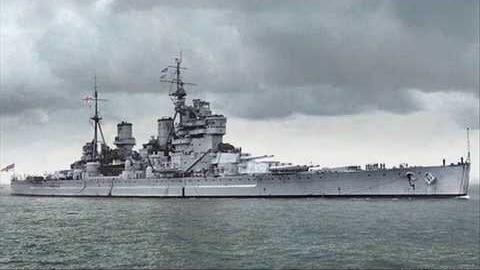
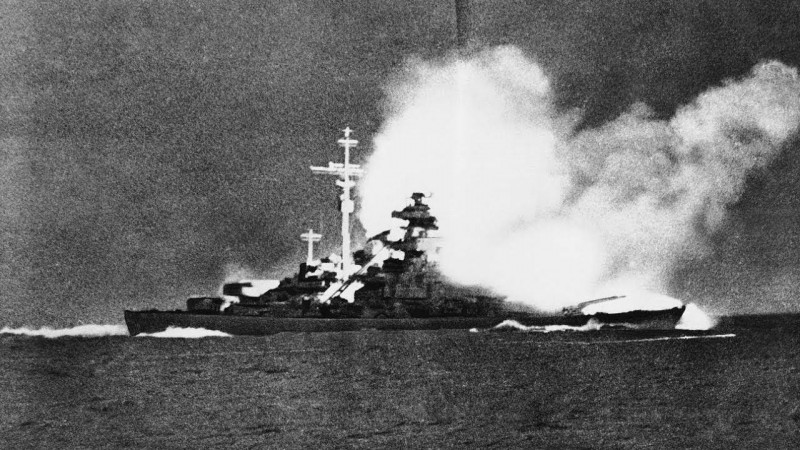

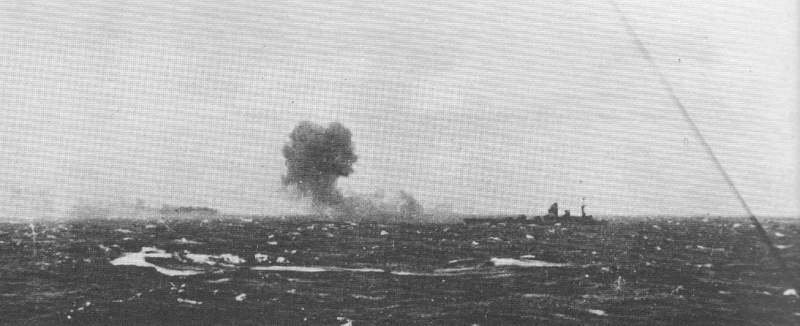

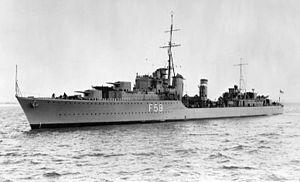
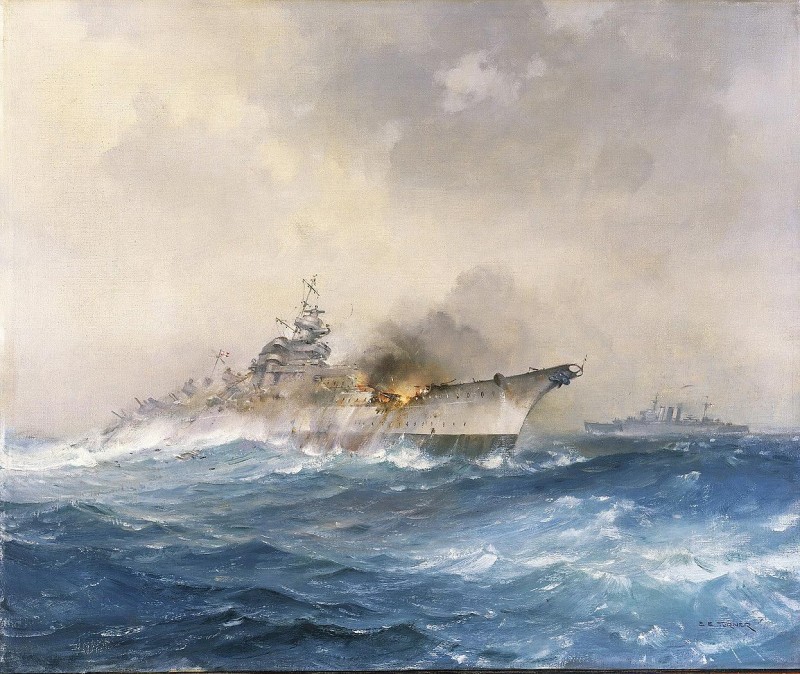
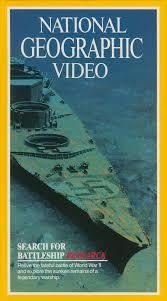
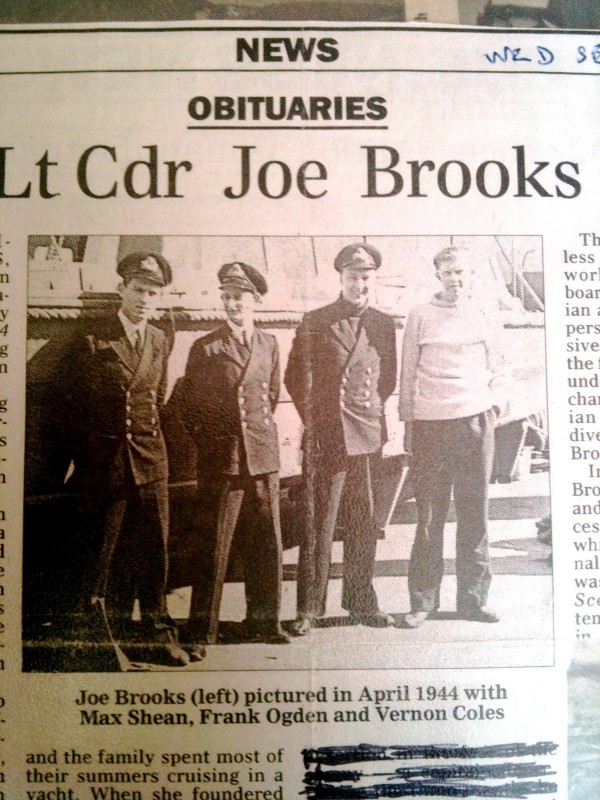

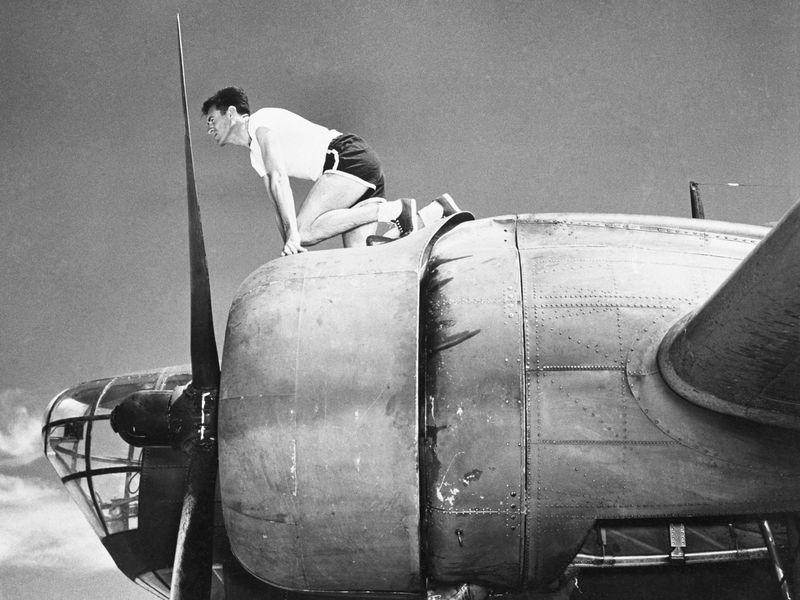


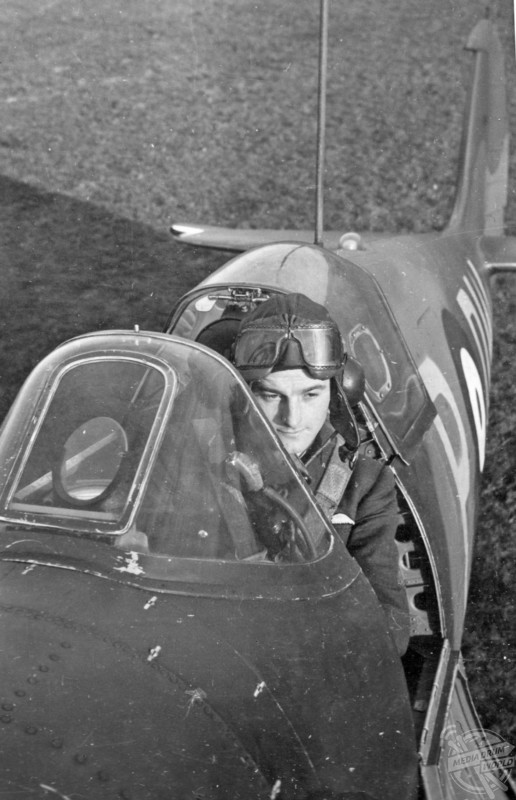

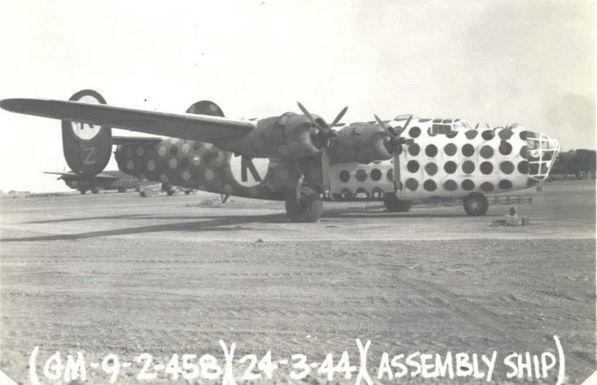

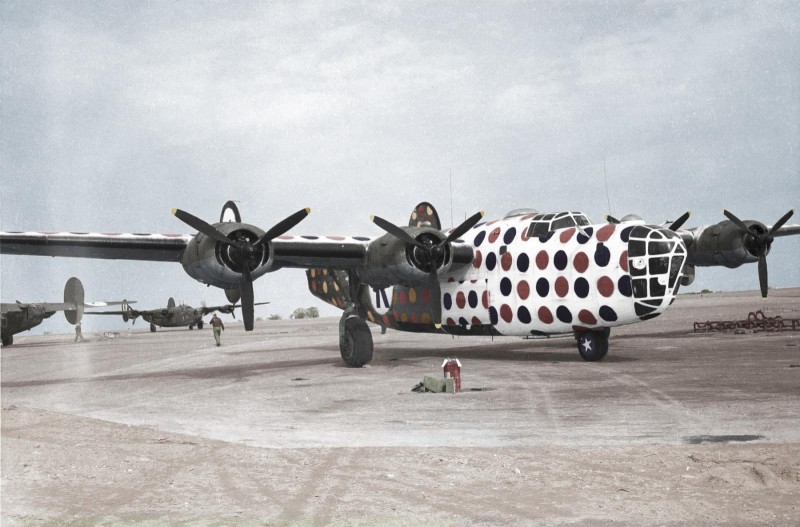

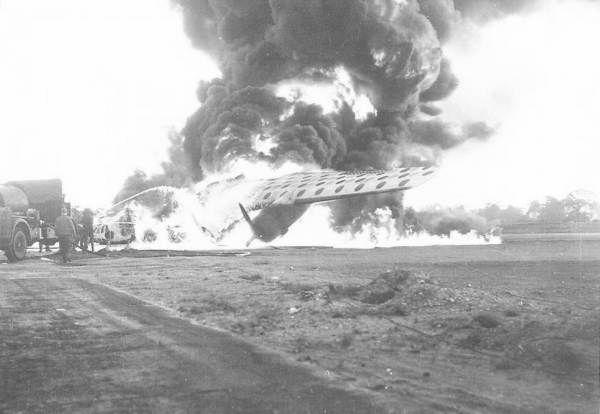
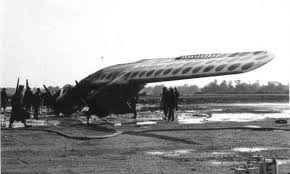
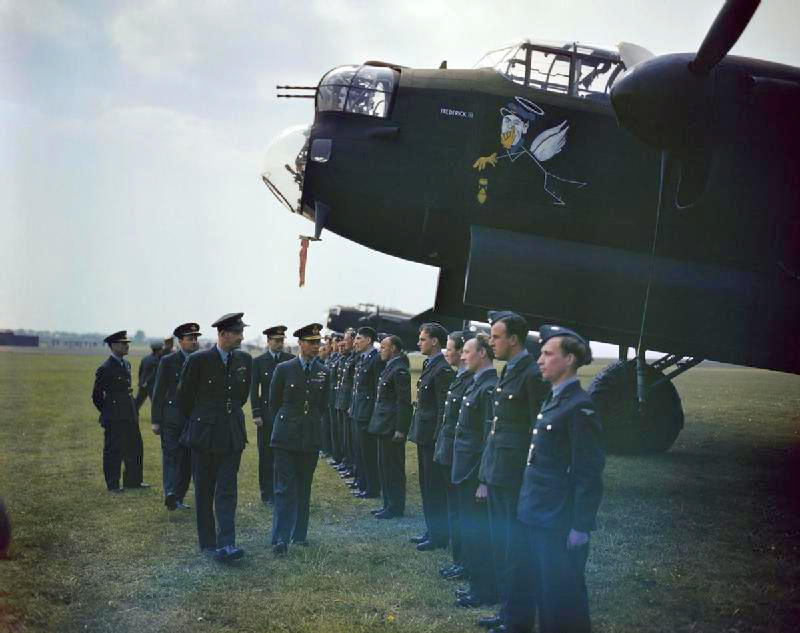

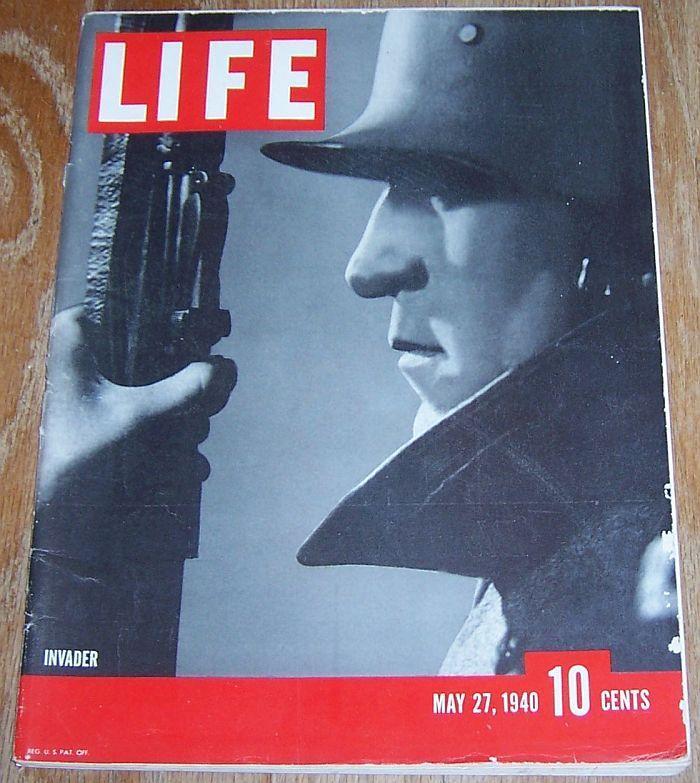

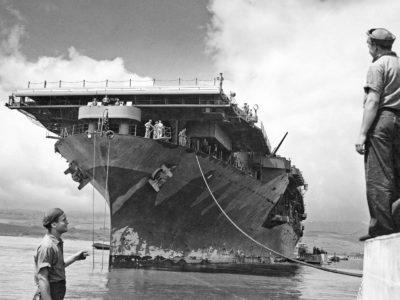
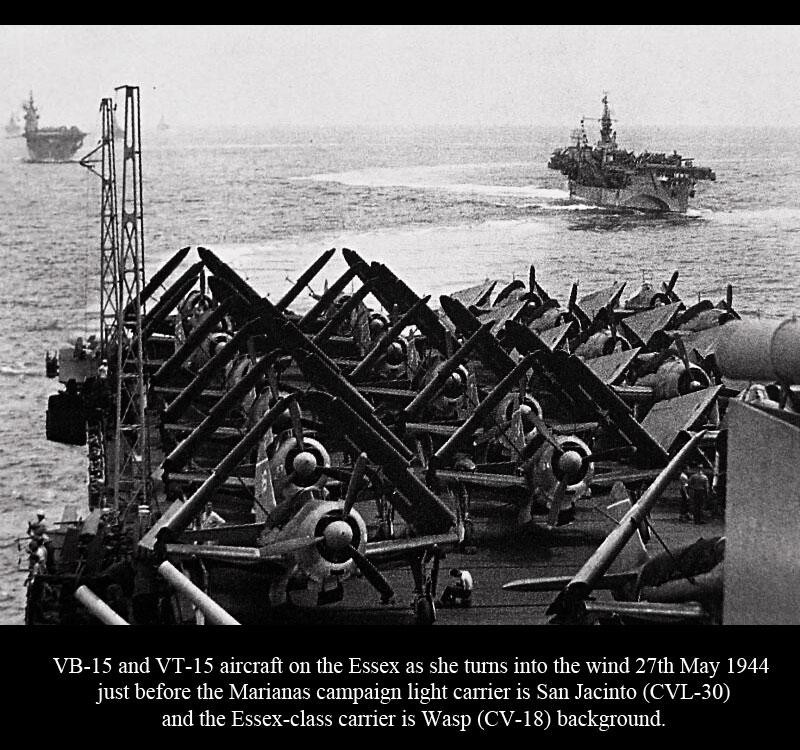
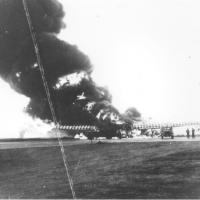
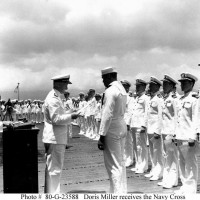


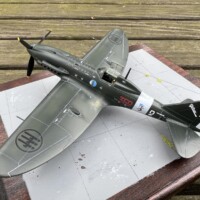
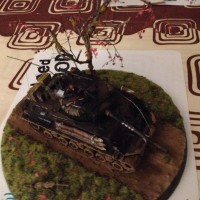
A super set here David!
Standouts for me...
A nice study of Flying Officer Medcalf in his Spitfire.
I particularly like the First Sergeant piece though... perhaps my favourite.
Phantoms Forever! Great job today David, as usual.
1 attached image. Click to enlarge.
Thanks, James...any other contributions in the phavourite phantoms slot today are most welcome. We may hook a @craigindaytona or @roofrat
Hi David. Yes, the ‘First Sergeant is a great account of life on a heavy bomber. Bittersweet, reading it and knowing what happened to her. Actually the Medcalf photo is similar; you look at the thoughtful, wistful expression on his face and know what happened shortly after...the vagaries of life. And death.
Thanks for dropping in, David.
Phar out David, Thanks for reminding me. Here's a few more Phantoms. As a Phormer Phantom Phixer, It took a lot of effort to keep them flying, If there weren't the tell tail hydraulic and oil stains, something was wrong with it. On another note, Sink the Bismark, is one of my favorite movies.
4 attached images. Click to enlarge.
Excellent, @roofrat
I knew we’d get you here with the right bait. Thanks (yet again) for the support, Robert. One question; who’s the geeky looking kid sitting on ‘104’?
Who else, but me self. the last two , changing the hook, I think were named Armbrewster and M. Dillistan.
Great memories. You remember where they were taken? On the Forrestal?
@roofrat
'104' VF-31 on board Saratoga in 1976, the remainder, VF-74 on Forrestal, in 1978 .
Sandy had two older brothers who served on the Sarah in 1971-72 at the same time.
The Saratoga? Not this one?
@roofrat
Ha! This one.
1 attached image. Click to enlarge.
there used to be a joke around the 8th AF..."I saw Spaatz"...now i get it
1 attached image. Click to enlarge.
Now THAT is a spectacular phantom photo.
a toast...to the ghost
Another Phabulous posting David. But no Phantom collection of photos would not be complete without some pictures of my Phavorite Phantom pilots.
I add a picture of Col. Robin Olds.
And one of Cunningham and Driscoll
I can remember watching some Phantom jets flying low over us while I was in Germany in 1983. They were flown by West German pilots and looked very similar to this one.
The thing I remember the most (besides that sound) was the heavy thick black exhaust plumes trailing behind them.
Another excellent article David. I enjoyed every second of the read. I picked up on the Judas Goat assembly ship. I have been thinking about this one for a while now. I have one in the works as soon as I get the other builds completed.
I have things set up to build this one.
Freedom is not free.
How do find the Phantom? Follow the smoke trails...I think Sandy's brother might have been on the Vietnam cruise, that was a little before me.
Yes they were both serving on the Sarah during her Vietnam cruise. One worked in the engine room. I don't know what the other one did onboard...
Thanks for the great photos and memories, Louis. Really hit a nerve with the Phantom article - lot of love out there for her.
I hope you get to build that Assembly Ship, she’s unique and would be a great build to follow.
Thanks again for the support you’ve shown the series. As ever, my friend.
Hopefully soon an F4H will once again fly! https://www.controller.com/listings/aircraft/for-sale/24850533/1959-mcdonnell-douglas-f4h-1f Here's a Little British love for you too! I was hoping for this to fly this weekend but it didn't happen. Maybe when the boys come back in November! https://www.youtube.com/watch?v=3f3RG13XvnA All this was done on the #1 engine (which according to the manual you're not supposed to taxi with). #2 was brought up to 97% on Friday before everyone packed up.
A hefty price tag!
Just write them a check Robert ... What's a cool 3.95 Million anyhow ? It's only money and you can't take it with you to jail...
What's a cool 3.95 Million anyhow ? It's only money and you can't take it with you to jail...
One problem with that post from Platinum Fighter Sales...there's a Phantom that Phlies just a mile from me. The post I put up was from several years ago and I have photos of her from last October. Vietnam War Flight Museum here in Houston, and the Collings Foundation have n F-4D. It flies and you can buy a ride in the back seat.
Grab yourself a Harrier?
https://www.dailymail.co.uk/news/article-1352943/eBay-sale-The-Harrier-jump-jet-69-999.html
Why not ? One could use it to blow the leaves into the neighbor's yard... at 0600 Hours ! (That's 6:00 for you civilians ...).
I'd settle for a nose landing gear door, [F-4] to paint my nose art on it again.
1 attached image. Click to enlarge.